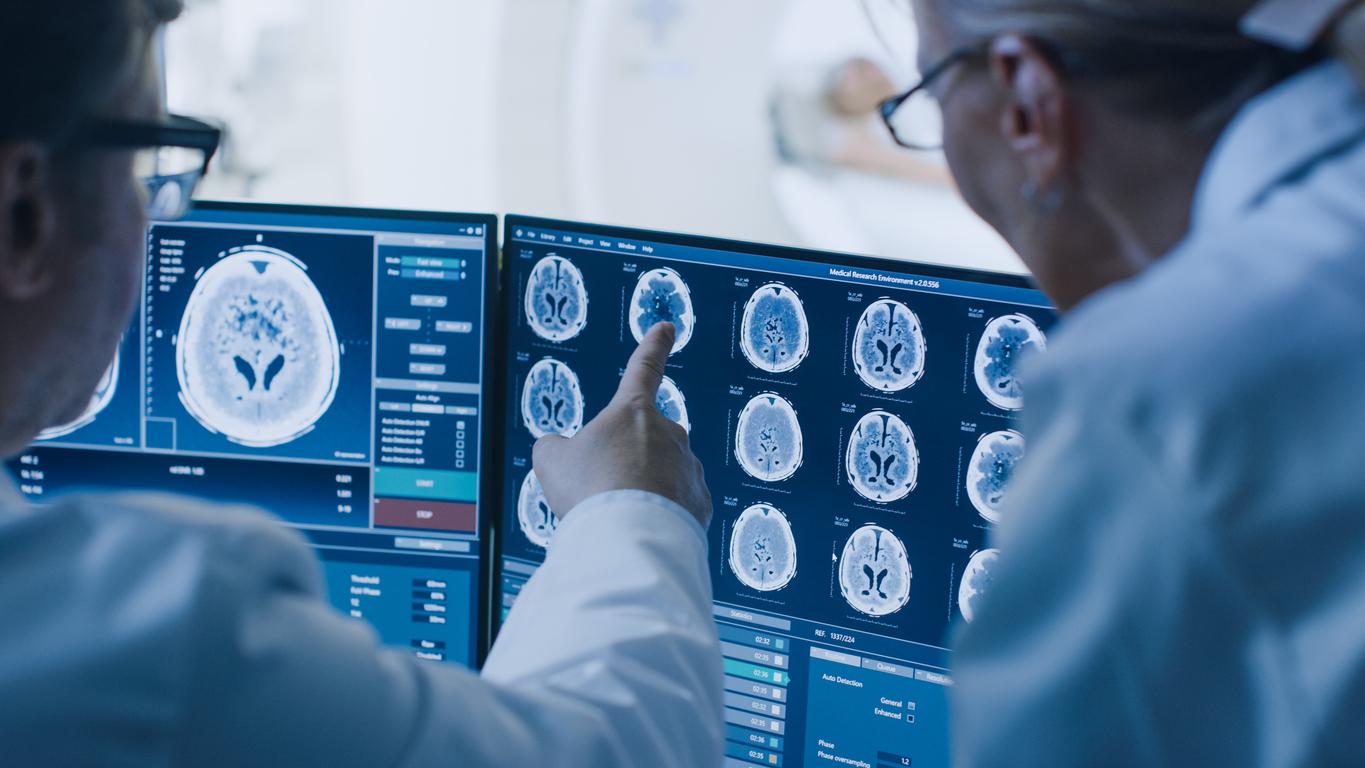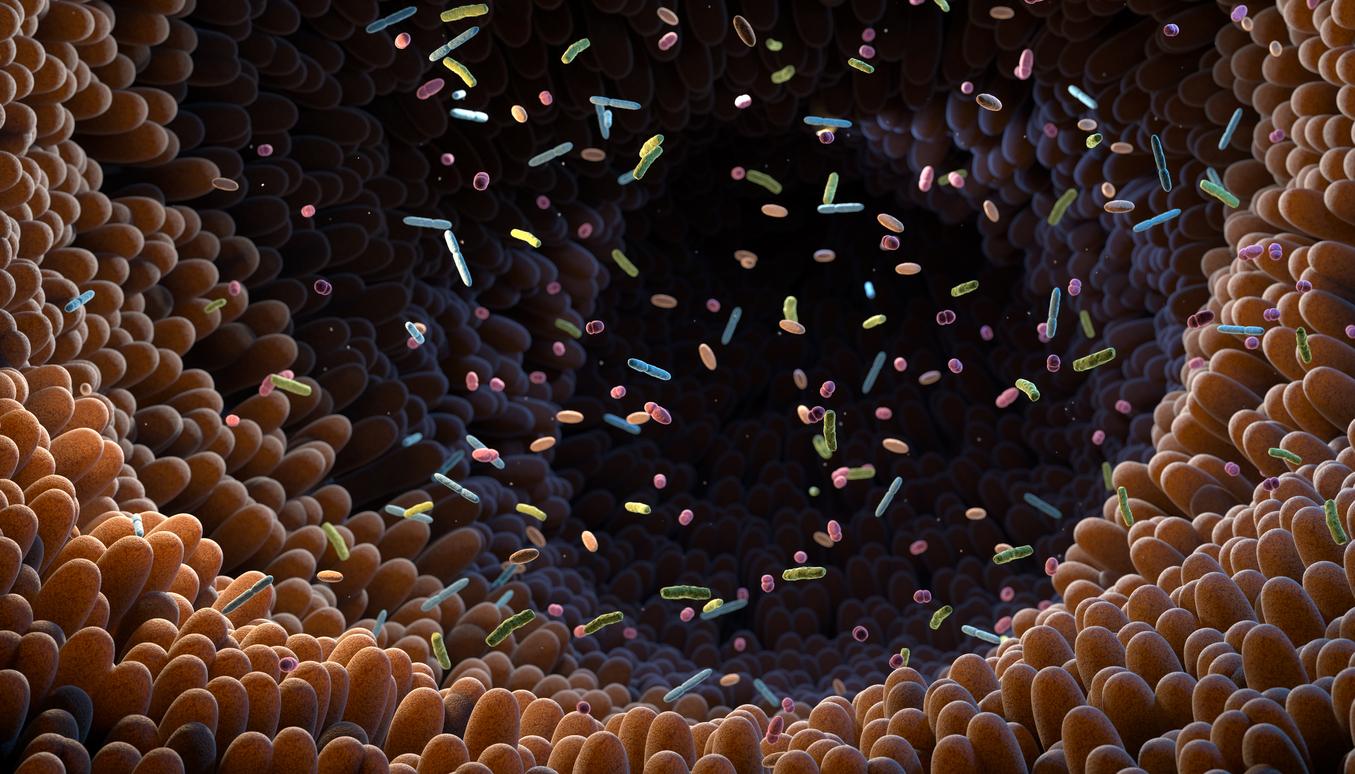The man’s name is Keith Thomas, his dog’s name is Bow. This is their story.

- In 2020, an accident left Keith Thomas almost completely paralyzed.
- To help him regain everyday gestures, researchers put an implant in his brain.
- A year later, researchers have just announced in a press release that information is once again flowing freely throughout Keith Thomas’ body, allowing him to make remarkable progress.
A revolutionary brain implant has allowed a man to feel his dog’s hair again when he pets it.
An unprecedented operation
It all started in 2020, when an accident affected the C4 and C5 vertebrae of Keith Thomas’ spine, cutting off the pathways that connected his brain to his body.
Injuries at this level result in paralysis affecting the hands, arms, torso, legs, bladder function, bowel function, and respiratory function.
To try to restore some of these mechanisms in Keith Thomas, engineers and surgeons at the Feinstein Institute for Medical Research at Northwell Health performed a novel operation. Specifically, it involved performing a double neural bypass to implant a chip that acts as an electronic bridge between the patient’s brain, spinal cord and body.
Keith Thomas has made remarkable progress
A year later, researchers have just announced in a press release that information was once again flowing freely throughout Keith Thomas’ body, allowing him to make remarkable progress.
“Today, Keith can reach out to pick up a cup, grab it and take a drink using only his mind,” can be read in the report. “In addition, Keith has regained feeling in his wrist and arm outside of the lab, that is, without the computer connected to his skull. He can even feel the fur of his dog Bow. Not long ago, Keith could only lift his arms an inch, and now he can wipe his face!” scientists congratulate themselves.
“This type of thought therapy is a game changer.”
“This is the first time that the brain, body and spinal cord have been electronically linked in a paralyzed human to restore lasting movement and sensation,” said Chad Bouton, professor in the Institute of Bioelectronic Medicine at the Feinstein Institutes and director of the clinical trial.
“This type of thought therapy is a game changer. Our goal is to one day use this technology to enable people with paralysis to lead fuller, more independent lives,” he adds.
“The only thing I want to do is help others. That’s what I’ve always done best. If this implant can help someone even more than it did for me, it’s worth trying.”Keith Thomas said.


















